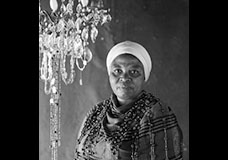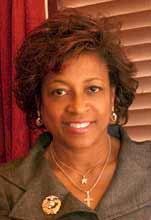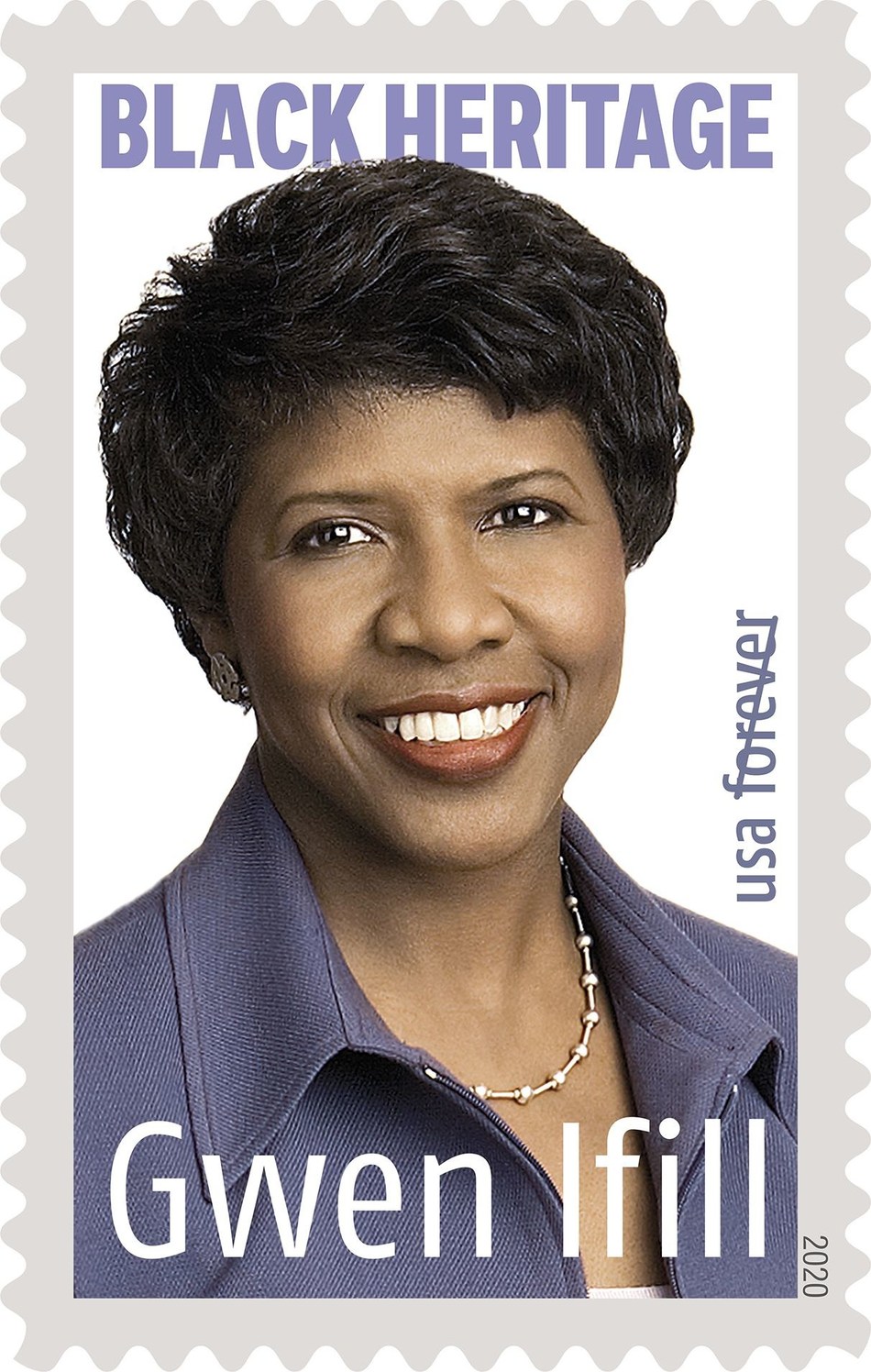![]()
![]()
![]()
![]()
![]()
![]()
 (Ubuhle Women: Beadwork and the Art of Independence Portrait of Zondlile Zondo ZaneleMuholi, Photographer)–The intersection of artistic ingenuity and women’s empowerment is explored in two new exhibitions, “Ubuhle Women: Beadwork and the Art of Independence” (main gallery) and “Home Sewn: Quilts from the Lower Mississippi Valley” (community gallery) currently on view at the Smithsonian’s Anacostia Community Museum. The exhibitions are open through Sept. 21, 2014. Thirty one imposing pieces, “Ubuhle Women” (“Oo-buk-lay” meaning beauty in Xhosa [“ho-sa”] language) is the introduction to American museums of the “ndwango” (“in-dwang-go”) bead art form—the transformation of traditional beading techniques to a contemporary medium through which tiny colored Czech glass beads, hand sewn in intricate patterns on to black cloth canvasses, create visually spectacular pieces based on themes drawn from the artists’ lives.
(Ubuhle Women: Beadwork and the Art of Independence Portrait of Zondlile Zondo ZaneleMuholi, Photographer)–The intersection of artistic ingenuity and women’s empowerment is explored in two new exhibitions, “Ubuhle Women: Beadwork and the Art of Independence” (main gallery) and “Home Sewn: Quilts from the Lower Mississippi Valley” (community gallery) currently on view at the Smithsonian’s Anacostia Community Museum. The exhibitions are open through Sept. 21, 2014. Thirty one imposing pieces, “Ubuhle Women” (“Oo-buk-lay” meaning beauty in Xhosa [“ho-sa”] language) is the introduction to American museums of the “ndwango” (“in-dwang-go”) bead art form—the transformation of traditional beading techniques to a contemporary medium through which tiny colored Czech glass beads, hand sewn in intricate patterns on to black cloth canvasses, create visually spectacular pieces based on themes drawn from the artists’ lives.
James Green and Beverley Gibson are the co-curators for the exhibition, which features the work of the women in an artists’ community called Ubuhle in a small town in the KwaZulu-Natal province of South Africa. The artists’ community was established in 1999 by local resident Gibson and Ntombephi Ntobela (“En-Tom-be-Fi En-to-bell-la”) on a former sugar plantation north of the city of Durban as a way for local women to achieve financial independence. As a master beader, “Induna” (“in-doo-na means leader in Xhosa”) Ntobela also trained other Xhosa and Zulu women, that were not brought up in the tradition so they could join the community. Through this exhibition, “the artists are being launched as individual international artists in their own right; their distinct styles elevate them from crafters to artists. These African women’s work can never be challenged as anything other than art from their soul,” said Gibson.
Through the power of their work in the exhibition and the story of their lives, the Ubuhle women demonstrate how they rose above poverty, AIDS and abuse to create stunning works of arts and to support themselves and their families. Current Ubuhle artists featured in addition to Ntobela are Nonhlakanipho Mndiyatha, Zondlile Zondo, Zandile Ntobela and Thando Ntobela; deceased artists to whom tribute is paid in the exhibition are Nolindelo Sidibi (1981–2007), Thembani Ntobela (1972–2011), Bongiswa Ntobela (1973–2009) and Ngoneni Duma (1975−2008).
Among the many works on display featuring themes significant to the artists’ lives—cattle, gardens, the passing of loved ones—the massive piece “The African Crucifixion” composed of seven (7) panels and commissioned for the Cathedral of the Holy Nativity, the Anglican cathedral in Pietermaritzburg, is a major testament to the true artistry of the work.
Reaching back into time and featuring pieces from the museum’s permanent collection is “Home Sewn: Quilts from the Lower Mississippi Valley” curated by Jasmine A. Utsey. The four quilts on display are those created by two sisters Annie Dennis (1904–1997) and Emma Russell (1909–2004) and a friend Effie Bates Copper who were trained in quilt making at the turn of the past century in an African American rural Mississippi community. The quilts represent classic American quilt patterns and techniques passed down through five generations. The first of several future exhibitions drawn from the museum’s legacy collections, “Home Sewn” examines the generational, social and economic fabric of an African American quilting community in rural Mississippi. “Home Sewn” includes fieldwork and audio interviews with present-day African American women quilters giving voice to the continuing tradition of quilting in these communities.
For more information, call (202) 633-4820; for tours, call (202) 633-4844. Website: anacostia.si.edu.






